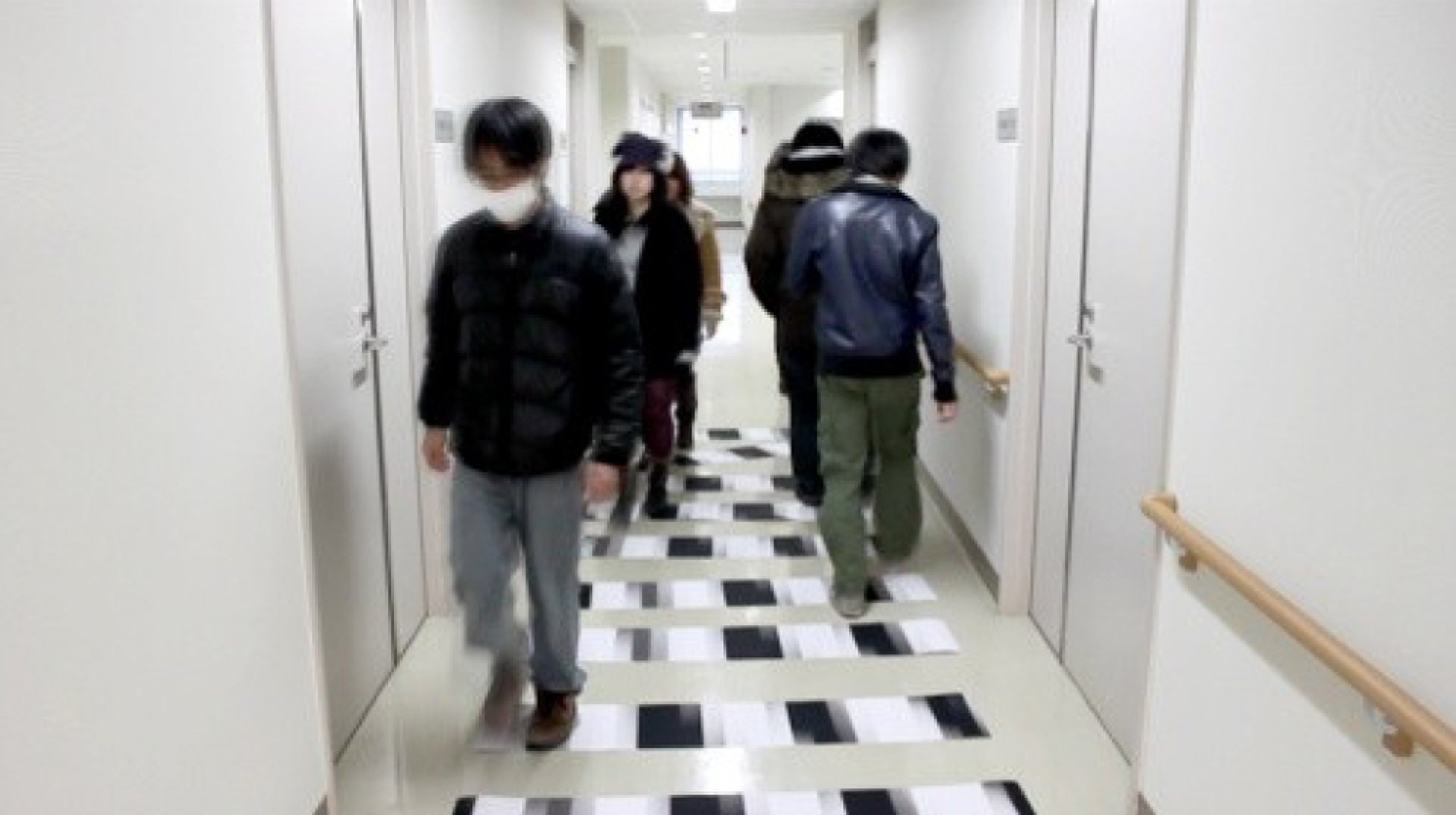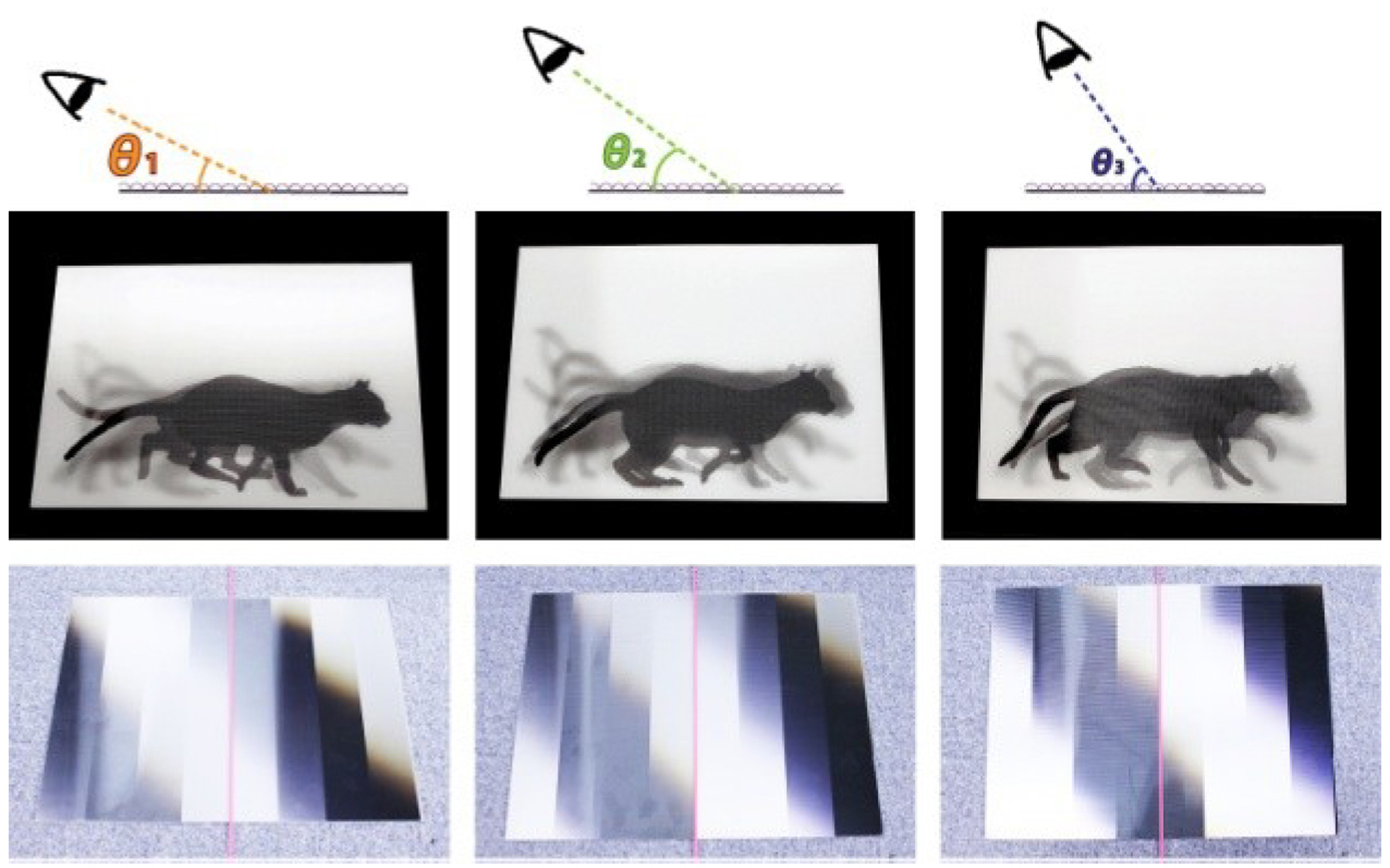““Vection Field” for Pedestrian Traffic Control” by Yoshikawa, Hachisu, Fukushima, Furukawa and Kajimoto
Conference:
- SIGGRAPH 2011
-
More from SIGGRAPH 2011:


Type(s):
Entry Number: 21
Title:
- “Vection Field” for Pedestrian Traffic Control
Presenter(s):
Description:
Public pathways, in areas such as stations and concert halls, can present pedestrian crowds with difficulties, for example, congestions and collisions (Figure 1-a). Although visual signs and audio cues are commonly used for smoother pedestrian flow, they are often ignored or neglected because they require some time to be understood. For more intuitive navigation, wearable devices have been proposed, some of which induce motion using a haptic device [Kojima et al. 2009] or vestibular stimuli [Maeda et al. 2005]. However, these personal navigation devices are not suitable for congestion scenarios because numerous devices are required for controlling pedestrian flow, which is quite impractical. In this paper, we propose a novel method to control pedestrian flow using an environmental visual cue, which is produced by the placement of large lenticular lenses on the floor.
References:
KOJIMA, Y. et al., Pull Navi. Emerging Technologies Session, ACM SIGGRAPH, 2009
MAEDA, T. et al., “Shaking The World: Galvanic Vestibular Stimulation As A Novel Sensation Interface”, Emerging Technologies Session, ACM SIGGRAPH, 2005
LISHMAN, J. R. AND LEE, D. N. 1973.The autonomy of visual kinaesthesis. Perception 2, 287–294
Additional Images:







